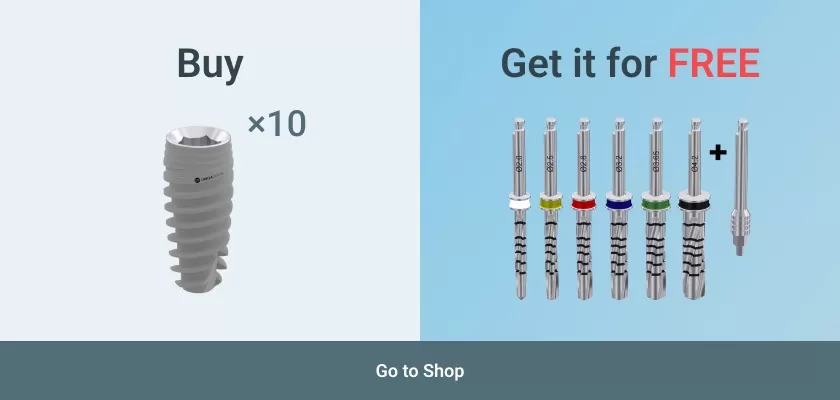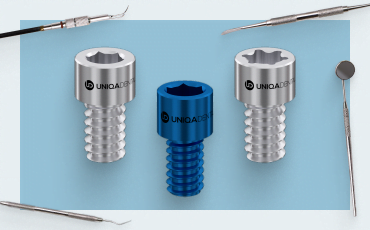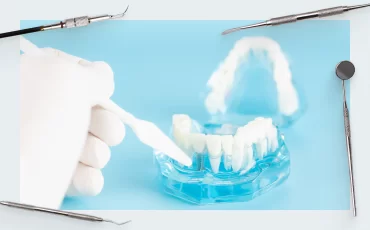Dental implants are considered to be one of the most popular and reliable ways of effectively and quickly restoring a previously lost tooth or multiple teeth. The use of removable bridgeworks and all kinds of prostheses has long been a thing of the past. Such obsolete systems cannot guarantee the ultimate convenience and high reliability that later implantation technology provides.
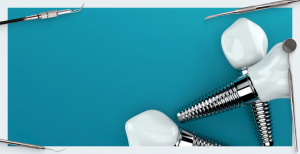
Dental implants are considered to be one of the most popular and reliable ways of effectively and quickly restoring a previously lost tooth or multiple teeth. The use of removable bridgeworks and all kinds of prostheses has long been a thing of the past. Such obsolete systems cannot guarantee the ultimate convenience and high reliability that later implantation technology provides.
Dental implants are an artificial and effective way to replace lost teeth. However, it would be a mistake to consider a dental implant is the artificial tooth itself as a professional dental implant is implanted in a place where there used to be a real tooth.

Then, special periosteal elements, or, as dentists call them, abutments, are placed. The main purpose of the abutment is to firmly fix the tooth crown.
Despite their popularity, dental implants were created relatively recently compared to other popular systems and elements. The first successful implantation took place in 1965, and Gösta Larsson was the first patient with such implants. He lived with these prostheses for the rest of his life.
Since then, the technologies and methods of creating dental prostheses have changed, however the general principle of use has remained unchanged.
Advantages of Using Dental Implants
Despite the use of modern dental prostheses being widespread, many dentists persist in using customary and outdated solutions such as bridgeworks and removable prostheses. The reasons for using these methods are as follows:
- simple savings (such savings are questionable in the long run);
- the patient’s fear of trying something new;
- certain contraindications, and much more.

At the same time, dental implants are distinguished by a multitude of distinct and undeniable advantages, among which the following stand out:
| Excellent chewing potential | In terms of reliability, the bridgework or crown is markedly inferior to later dental implants. Therefore, in the future, the patient has to deny himself a large range of products that these constructions cannot resist. Dental implants allow the chewing of any food without any restriction, as with natural teeth. |
| Visual attractiveness | Modern dental prostheses fit perfectly into the entire set of teeth and, therefore, such structures are difficult to be visually distinguished from the patient’s own teeth. |
| Long life | When it comes to the use of high-quality dental prostheses by experienced and skilled implant surgeons, it is fair to say that this structure will live a lifetime. Although many manufacturers provide a 10-year warranty, this period may be much longer. |
| Ability to save adjacent teeth | A dental implant is considered to be a general and completely independent structure that is not attached to the adjacent set of teeth. As a comparison, using bridgework necessarily needs to mill the adjacent teeth, which are being additionally loaded. |
| Natural feelings | After the prosthetic procedure is completed, there is no unpleasant feeling of foreign structures in the mouth, so a patient needs no time to get used to living with them. |
Safe Use of Mini-Dental Implants
It is apparent from the name that mini-dental implants are a smaller version of conventional implants and are distinguished by the fact that they have preplaced abutments. At the same time, the change in the usual size has also influenced the placement procedure: canal drilling and margin incision are now considered to be less important surgery. All it takes is to place a professional dental implant in the margin using a puncture technique and then fix it in the bone tissue.
However, you should remember that all available dental implants have a certain critical mass threshold. If this threshold is exceeded, it causes an unnecessary and highly undesirable load on the bone tissue. As a result, even perhaps the best dental implants may not establish.
That is why standard structures are made of two important components – abutment and artificial root.

When using miniature models, reducing the initial size to obtain extra mass reserve provides a unique opportunity to attach the implant right with the abutment used.
However, you should remember that you can order a dental mini-implant only to restore the anterior teeth, which are not subject to strong chewing loads.
Another popular way to use such neat structures is the prosthesis of teeth on implants in case of full anodontia. In this case, the patient’s jaw will be fitted with about 6 mini-implants, which will be used to attach the prosthesis. These are removable prostheses on the implants that prevent heavy workloads. But it should be mentioned that the represented structure of prosthesis on implants is considered to be the most reliable compared to the customary principle of dental prosthesis. Moreover, there is no need to remove prostheses daily.
Denture Delivery
Detailed dental prostheses can be divided into three main stages:
- Denture delivery, followed by a certain period of osseointegration or healing. Most commonly, this period may last from 1 month to several months and depends on the individual characteristics of each patient.
- The next step is to apply the abutment. This includes the procedure of fitting a suitable abutment.
- The final stage is the manufacture and fitting of the crown.
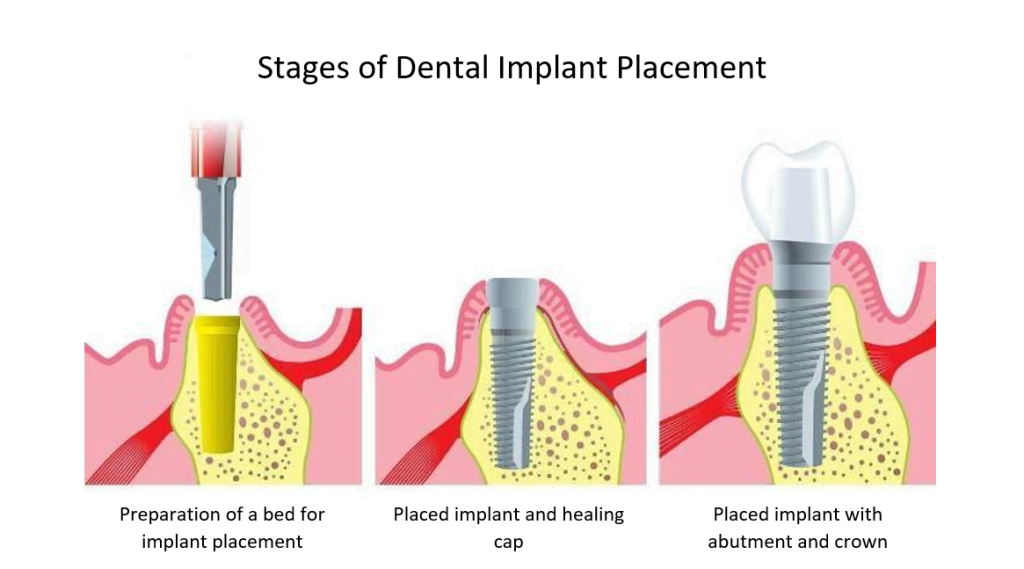
The crowns for full dental implants can be divided into two types: porcelain-fused-to-metal models or products made of zirconium dioxide.
Complete restoration of multiple teeth or one tooth can involve the use of special mini-dental implants. In this case, all three stages can be completed in one visit to the dentist. Due to their low weight, modern mini-dental implants are manufactured with abutments in a single structure. The main advantages of this method include:
- Small diameter and neat shapes – this dental prosthesis method involves the use of the most sparing puncture method, which does not require a margin incision.
- The minimum surgical injury rate – the root of the fitted crown is loaded instantly.
However, such express implantation is not appropriate for all patients but only for certain clinical cases.
